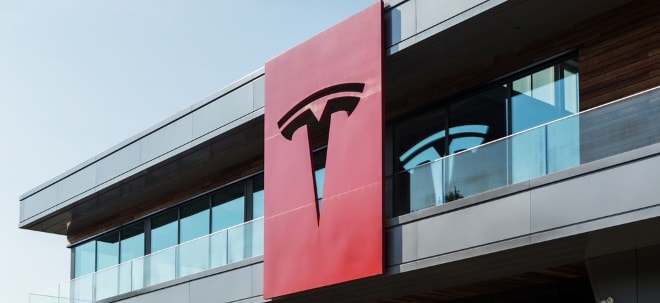Collective extends Apollo gold system in Colombia
Canadian explorer Collective Mining (TSX, NYSE: CNL) has expanded the footprint of its Apollo system at the Guayabales gold project in Colombia and plans to accelerate exploration with as much as 100,000 metres of drilling before a first resource late next year.The company cut 144.3 metres grading 1.86 grams gold per tonne and 13 grams silver, 0.04% copper and 0.15% zinc from 324.45 metres deep in hole APC105-D5, Collective said on Wednesday. The hole included 48.55 metres at 4.38 grams gold, 21 grams silver, 0.04% copper and 0.28% zinc from 371.4 metres downhole and extended the western boundary of the system by up to 50 metres.Another of the 13 holes reported, APC103-D5, returned 22.6 metres grading 3.87 grams gold, 4 grams silver 0.02% copper and 0.03% zinc from 287.3 metres deep. Apollo remains open at depth, where mineralization has been confirmed over more than 1,300 vertical metres, Collective said. Drilling planned in the Ramp zone under Apollo is expected to further define the system.“These results increase confidence in the block model and continue to expand mineralization,” BMO Capital Markets mining analyst Andrew Mikitchook said in a note on Tuesday. “Of more interest to investors will be visually identified mineralization from the Ramp zone. We will be watching for assays as they become available, and an initial resource estimate for Apollo targeted in fourth quarter 2026.”Shares in Collective Mining gained 5.8% to C$16.47 apiece on Wednesday morning in Toronto, valuing the company at C$1.52 billion ($1.08 billion).Fully fundedCollective raised C$140 million this month through a C$125 million bought equity deal and a C$15 million private placement with Agnico Eagle Mines (TSX, NYSE: AEM) to be fully funded through 2027, it said. The company is drilling with 10 rigs across the Guayabales and the adjoining San Antonio projects.“Drilling at Apollo continues to add value as the system expands in dimension and improves in grade,” executive chairman Ari Sussman said in a release. “As an explorationist at heart, I am most keen to see what comes next from drilling into the Ramp zone below Apollo as it is our firm belief that the Ramp zone is the engine for the entire Apollo system.”Guayabales lies about 80 km south of Medellín and next to Aris Mining’s (TSX: ARIS; NYSE: ARMN) Marmato gold mine, one of Colombia’s oldest operations. The region benefits from paved highway access, nearby power infrastructure and a skilled local workforce, supporting Collective’s year-round drilling and development work.Toronto-based Collective, led by the former management of Continental Gold – which discovered and built Colombia’s largest gold mine before being acquired by Zijin Mining in 2020 – has completed about 142,000 metres of drilling across its Guayabales and San Antonio projects. About 102,000 metres have been sunk at Apollo alone.Breccia complexThe Apollo and Ramp zones form part of a large, multiphase porphyry–breccia complex at Guayabales. The system lies within the Middle Cauca gold belt, a prolific Miocene-age magmatic arc that hosts major porphyry and epithermal deposits including Marmato, La Colosa and Buriticá.Apollo is the most advanced discovery at Guayabales and represents a hybrid porphyry and breccia-hosted mineral system that begins at surface and extends more than 1,300 vertical metres. Mineralization occurs within a series of breccia bodies and porphyritic intrusions aligned along a northwest–southeast trend.The matrix of the breccia is rich in sulphides—mainly pyrite, chalcopyrite and molybdenite—with accessory scheelite that contributes tungsten values. Gold occurs both as free grains and in association with the sulphides, while silver is typically present in veinlets and disseminations.The rock package consists mainly of andesitic volcanic and intrusive units cross-cut by hydrothermal breccias. Alteration styles include potassic and phyllic assemblages grading into propylitic halos at the margins. Collectively, this suggests a high-level porphyry environment with telescoping hydrothermal overprints, the company said.Ramp zoneCollective geologists describe Ramp, directly beneath Apollo, as the heat and fluid source that drove the hydrothermal system. Continued step-out drilling into this deeper zone could reveal the core of a large, vertically extensive porphyry centre, the company said.Drilling and geophysical work indicate that it represents a vertical conduit of porphyry-style stockwork veining and disseminated sulphides that transitions into the overlying breccia-dominated Apollo structure. The zone is characterized by stronger potassic alteration (biotite–magnetite) and higher copper and tungsten grades relative to the shallower breccia. Together, Apollo and Ramp define a continuous mineralized system of gold, silver, copper and tungsten that displays the vertical zonation typical of Andean porphyry clusters: broad, near-surface breccia bodies grading downward into higher-temperature porphyry veins and disseminations.Weiter zum vollständigen Artikel bei Mining.com
Quelle: Mining.com


